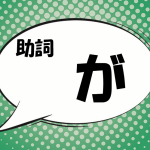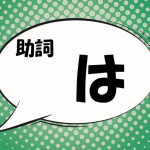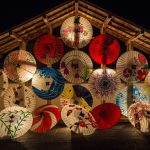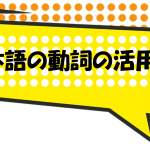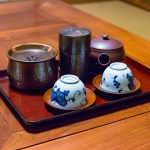
What is the dictionary form of verbs?
Japanese verbs have five basic conjugations, which can be called the u form, the i form, the a form, the e form and the o form.
The Japanese form of verbs that ends with the sound u is called the u form. This is the most basic form a verb can take. This is also called the dictionary form, because it is the form of verbs that you will see in the dictionary.
Every verb in Japanese has the dictionary form.
Let's have a look at some verbs.
| English | Japanese | |
| the base form | the dictionary form the u/う form | |
| 1 | to buy | kau / かう / 買う |
| 2 | to sit | suwaru / すわる / 座る |
| 3 | to sell | uru / うる / 売る |
| 4 | to get on | noru / のる / 乗る |
| 5 | to wait | matsu / まつ / 待つ |
| 6 | to listen | kiku / きく / 聴く |
| 7 | to speak | hanasu / はなす / 話す |
| 8 | to play | asobu / あそぶ / 遊ぶ |
| 9 | to read | yomu / よむ / 読む |
| 10 | to swim | oyogu / およぐ / 泳ぐ |
| 11 | to see | miru / みる / 見る |
| 12 | to eat | taberu / たべる / 食べる |
| 13 | to come | kuru / くる / 来る |
| 14 | to do | suru / する |
Here, all verbs end with the sound u. That is, they are the dictionary form / the u form.
You may also like
https://jpgrammar.com/verbforms/
